Why Lighting Matters for Customer Experience
A beautifully designed restaurant can lose its appeal if lighting is overlooked. Too much brightness washes out décor, while overly dim environments make customers uncomfortable or unsafe. Lighting for customer experience works best when it accounts for ambiance, safety, and perception.
Research highlights that lighting not only influences mood but also affects how diners perceive taste. In one study conducted in a fine-dining setting, guests rated food as more flavorful under bright lighting compared to dimmer conditions. This suggests that ambient light levels set the mood and directly shape the way people experience food itself.
This finding underscores the importance of lighting as a multisensory design element: the right illuminance can encourage healthier choices, intensify flavors, and even extend how long guests choose to stay.
The Core Types of Restaurant Lighting
To design a restaurant lighting transition that works from morning through evening, operators typically blend three primary types of illumination:
- Ambient lighting sets the general mood and provides safe navigation. Bright natural light or overhead fixtures work best during the day, while dimmable LEDs create a cozy, relaxing environment at night.
- Task lighting ensures customers and staff can perform essential functions—reading menus, moving safely through hallways, or preparing food in the kitchen.
- Accent lighting highlights décor, architecture, or focal areas such as the bar or artwork. It often becomes more prominent during evening hours to enhance the atmosphere.
Balancing these three types of lighting allows restaurants to transition gracefully between daytime brightness and nighttime ambiance.
Daytime to Nighttime Lighting Psychology
The psychology of light intensity and color is central to customer perception.
- Morning to Midday: Customers expect brightness that feels natural, stimulating, and energizing. Daylight combined with crisp overhead fixtures helps diners wake up and promotes quick turnover in fast-paced cafés and casual dining spots.
- Afternoon: Midday light typically moderates, maintaining a balance between comfort and efficiency. This setting encourages lunch-goers to enjoy their meals without getting too relaxed.
- Evening: As dinner service begins, warmer tones and dimmer lighting create a calming, intimate feel. This slower pace encourages guests to linger, order more courses, and enjoy the dining experience in a more social or romantic atmosphere.
The restaurant lighting transition, therefore, is not just about dimming the lights but orchestrating a sensory shift that signals a change in dining pace and experience.
The Color and Warmth Factor
Color temperature impacts the warmth and coolness of the space. Cool tones (around 4000K–5000K) display a blue to white light that can replicate daylight. This is best used during the day to support natural lighting. It has an energizing effect on guests and has ample visibility. Warmer tones (2700K–3000K) have a yellow or orange hue to promote a relaxing and comfortable experience. Warm lighting is best used in the evening for a luxurious dining experience.
Color rendering index (CRI) determines the accuracy of the colors within the space. In a restaurant setting, having a high CRI is important so customers have a realistic perception of their food. If the color of their meals is altered, it will directly impact their dining experience.
By installing tunable lighting systems, restaurants can adjust both brightness and warmth throughout the day. This ensures a seamless transition without needing multiple fixture types.
If your restaurant is considering a lighting upgrade rollout, Action Services Group is here to assist with our turn-key LED Solutions. From product procurement to installation and rebate recovery, our experts are standing by to assist you from start to finish.
Practical Design Strategies
Restaurants can implement several strategies to maximize lighting for customer experience while maintaining operational safety:
- Use dimmable fixtures to gradually shift the ambiance from lunch to dinner service.
- Combine natural and artificial light where possible, such as large windows paired with layered indoor lighting, to help balance energy and comfort.
- Create focal points with accent lighting in the evening, such as softly illuminated wall art or glowing bar shelves.
- Ensure safety with layered task lighting in pathways, restrooms, and service stations, especially when ambient light is lowered.
- Leverage lighting controls to automate schedules that align with your restaurant’s hours of operation.
These strategies make transitions feel intentional and support both the psychological and functional needs of diners.
Lighting as a Business Advantage
Lighting is a valuable business tool that shapes the aesthetic of the brand. Bright lighting can speed up table turnover during peak breakfast and lunch hours, while dim, intimate lighting encourages guests to stay longer in the evening, often increasing food and beverage sales.
Psychologically, guests are more likely to describe food as rich, flavorful, and memorable when lighting supports the intended mood of the meal. This can build repeat business, positive reviews, and a reputation for creating immersive dining experiences.
Conclusion
The right illumination in a restaurant sets the tone for the entire dining experience. It can change the customer’s perception of their food to their behavior and how they remember the brand’s identity. Pairing the lighting system with advanced lighting controls gives restaurant owners full control to seamlessly shift their atmosphere from daytime to nightlife by adjusting the brightness and color of the lights.
Action Services Group can assist in creating the perfect lighting experience for your guests while balancing operational efficiency. To learn more, call 610-558-9773, email [email protected], or schedule a consultation that fits your schedule.

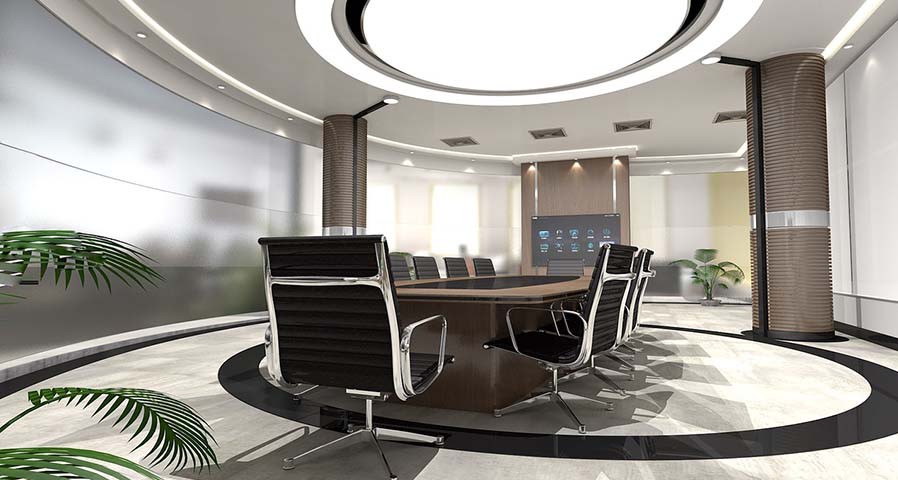
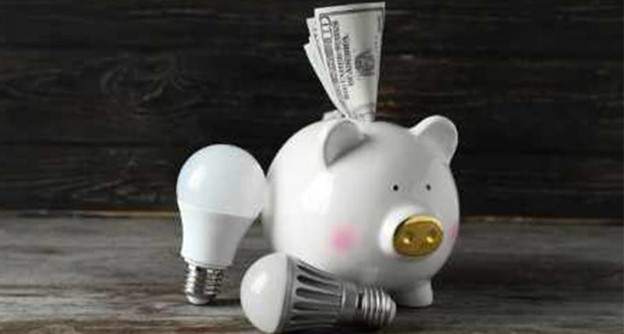
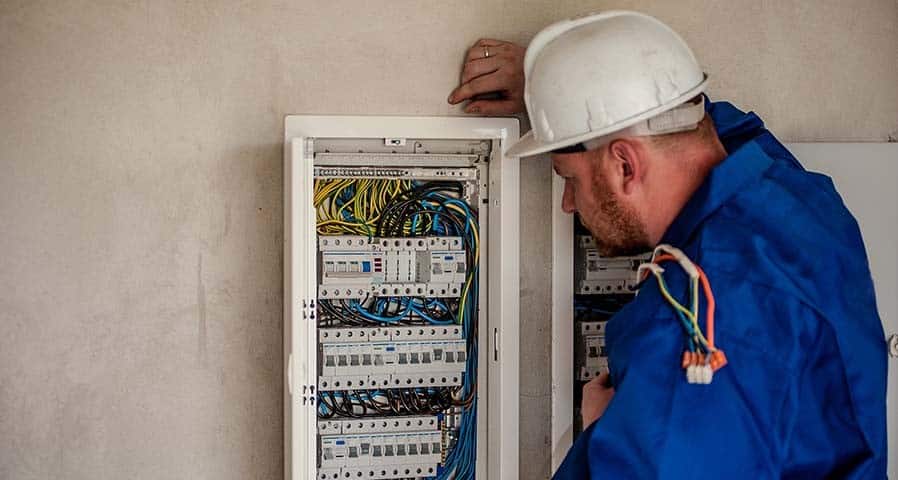
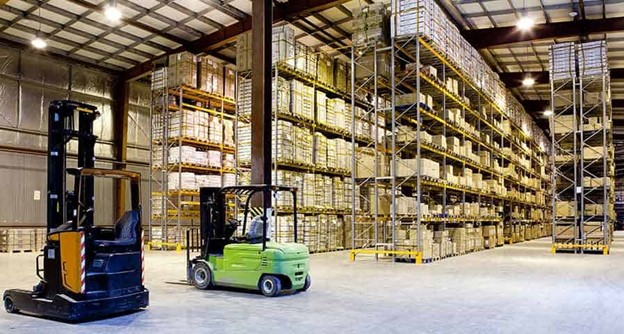


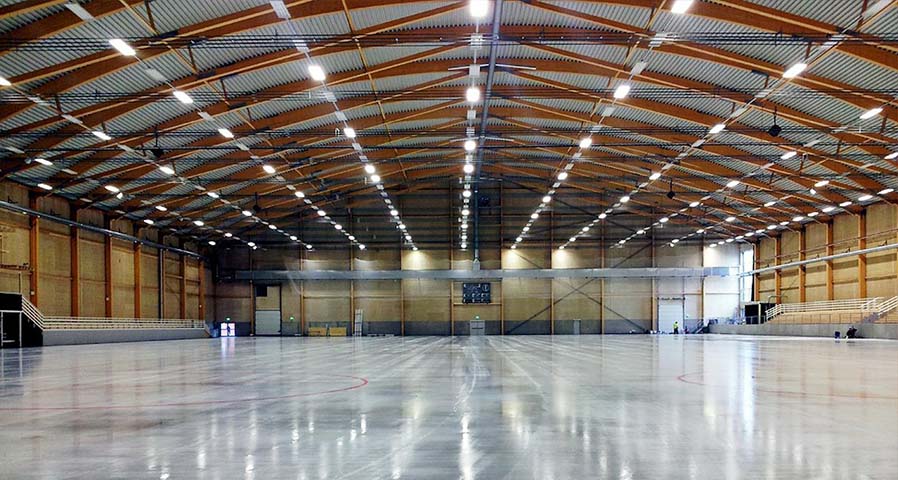
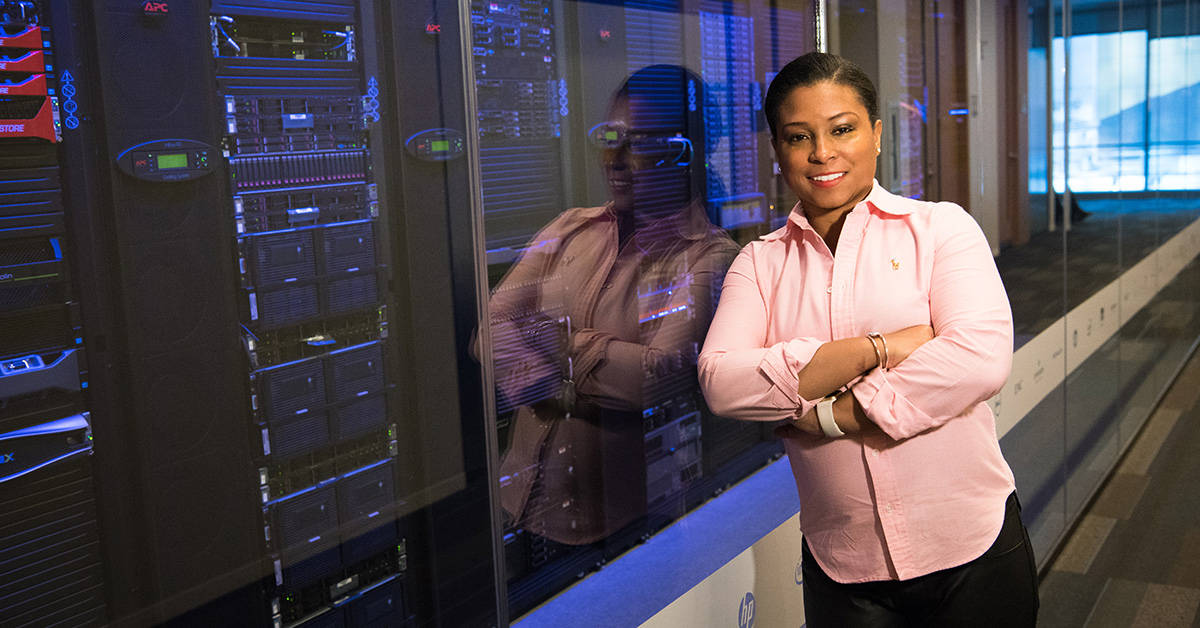






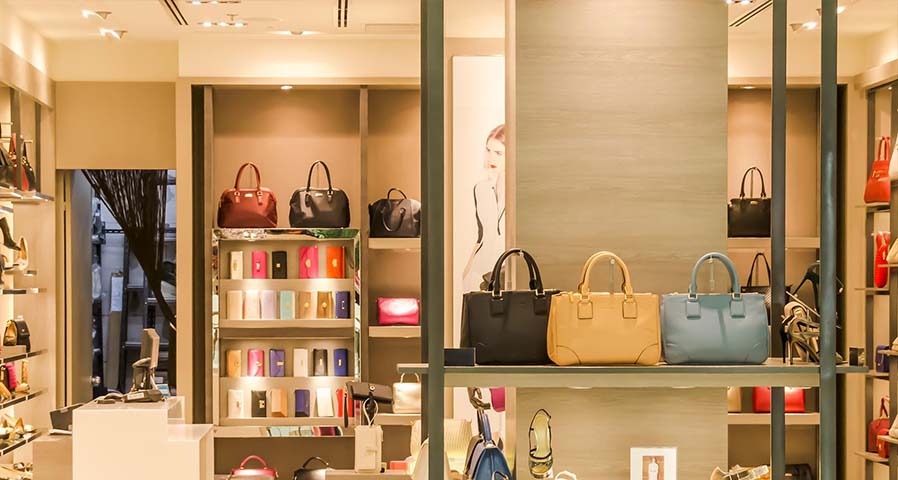
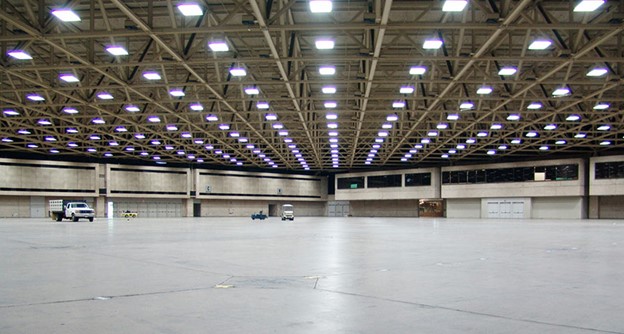
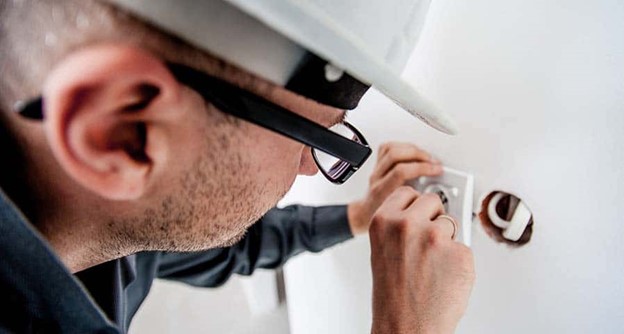
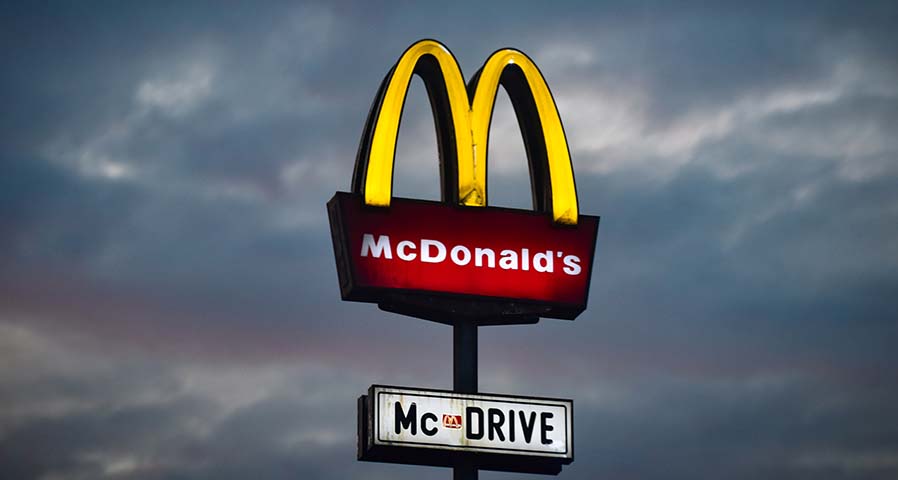
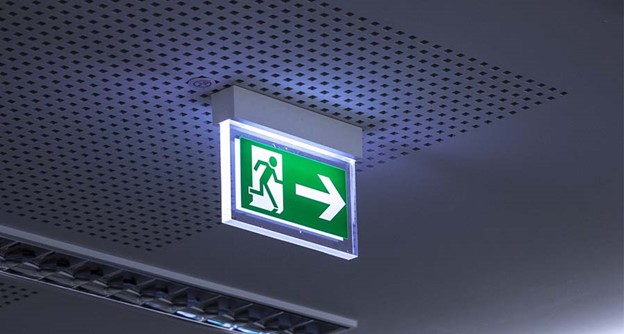
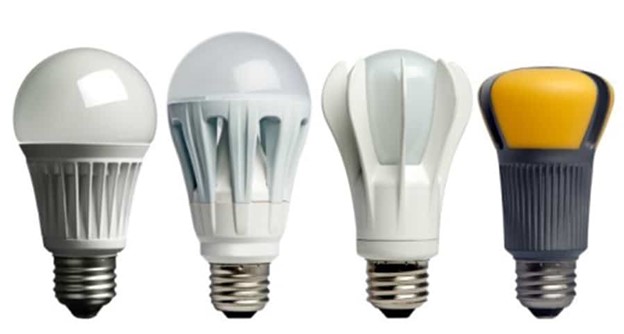
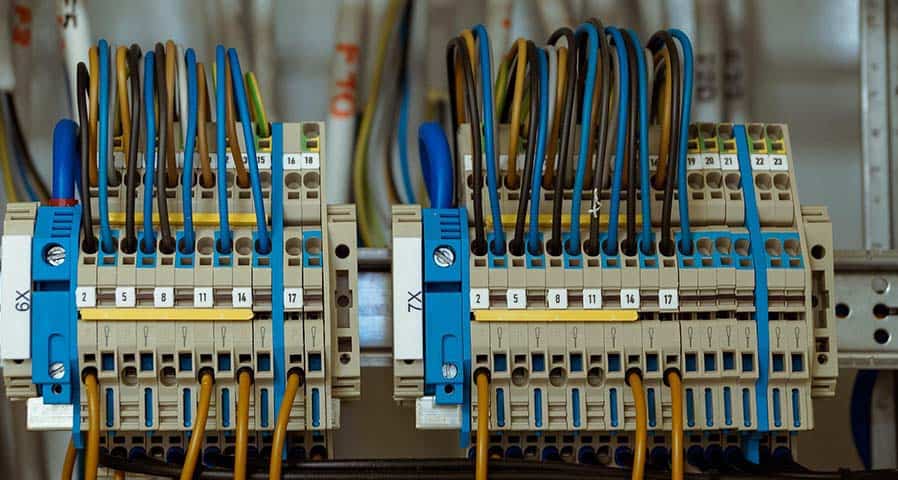
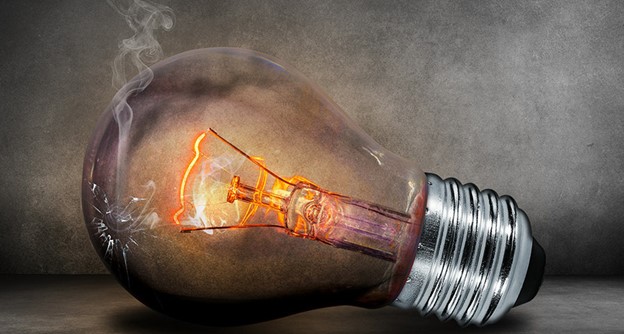
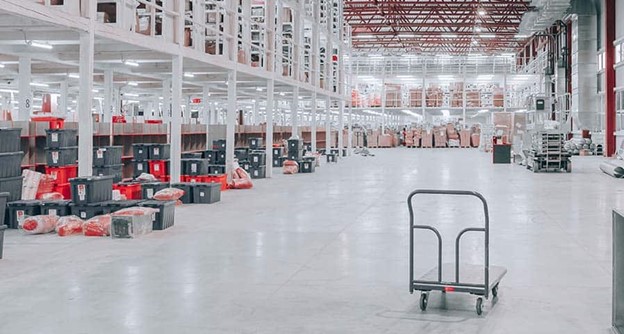

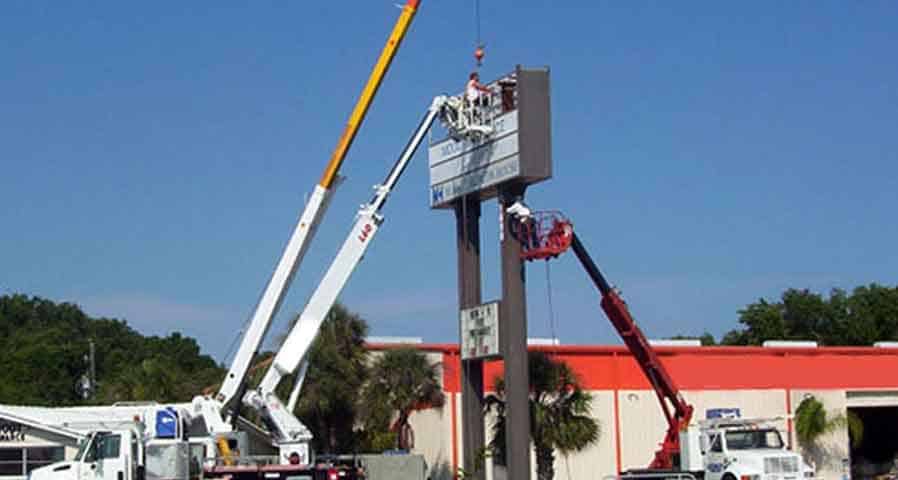

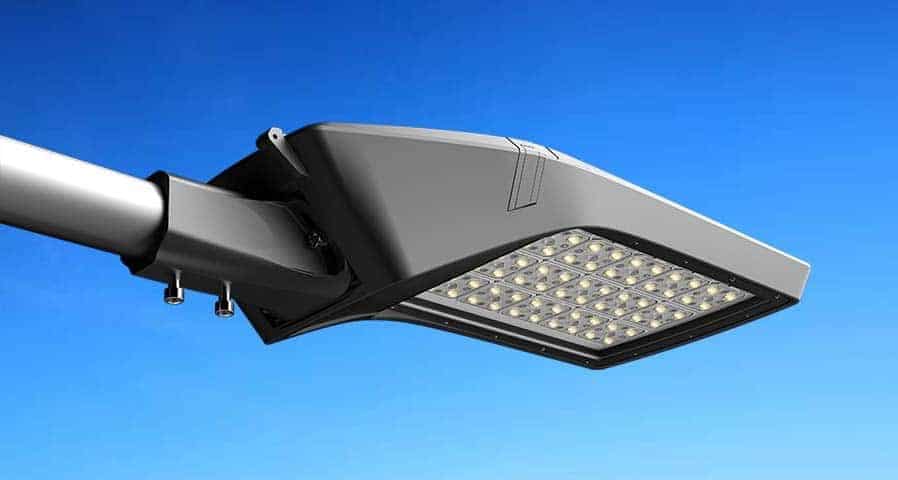
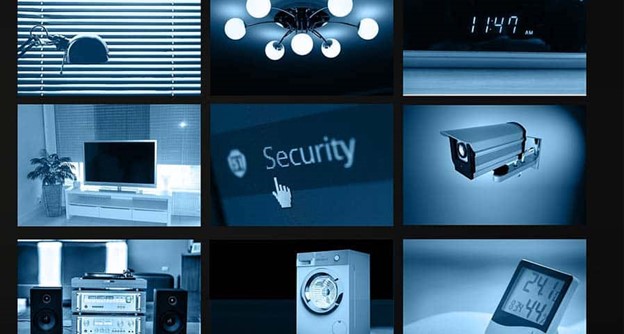
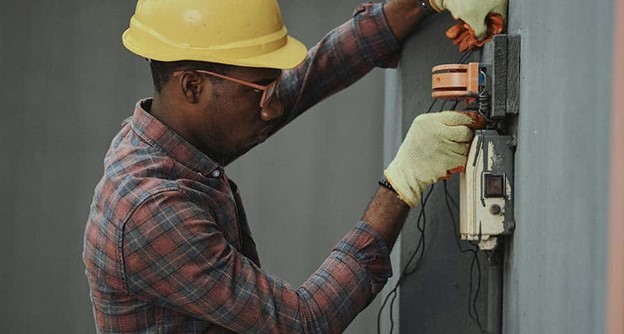
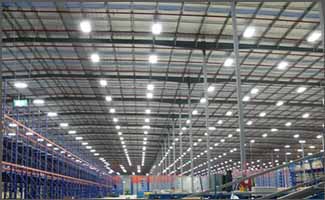
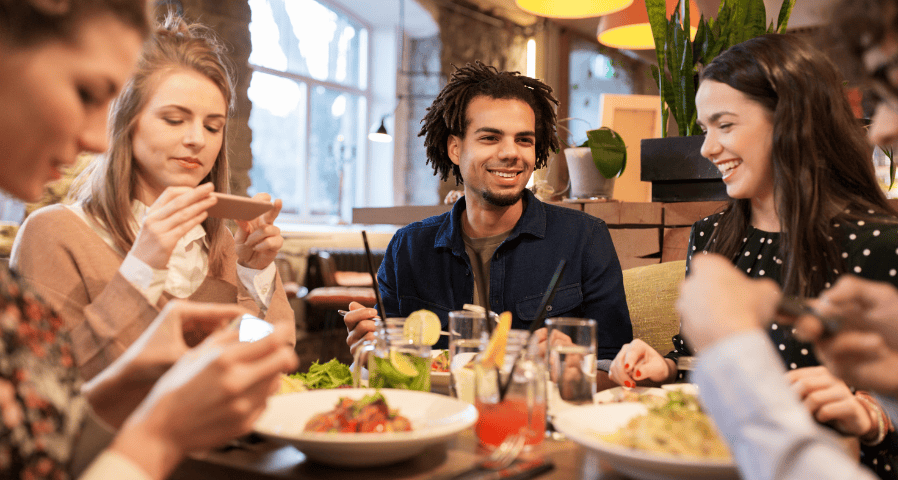





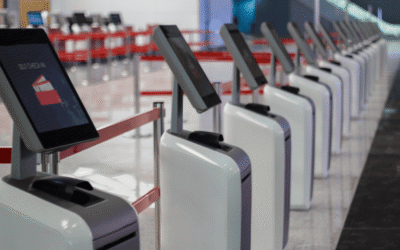


0 Comments